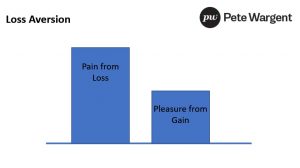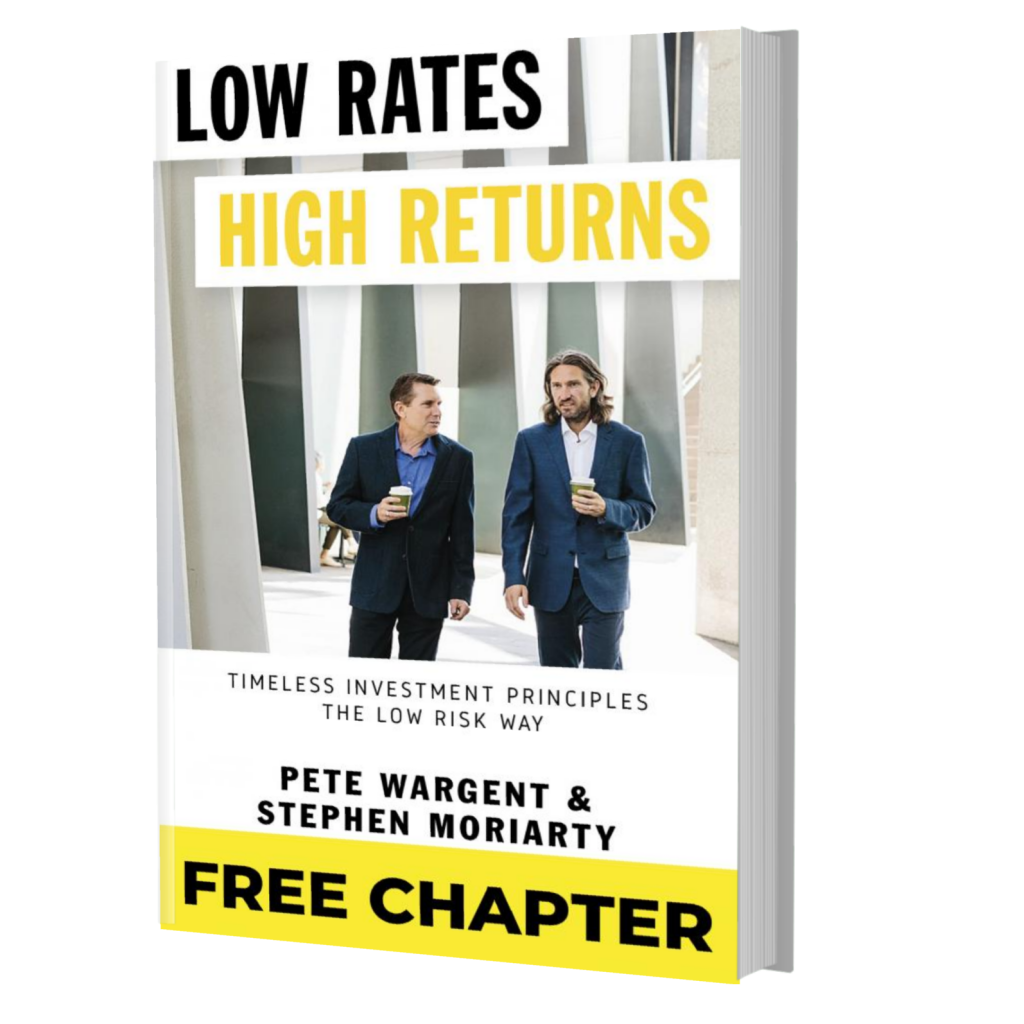Thrown for a loss
Countless casino and coin-tossing studies have concluded that, due to the way we have evolved as a species, we feel the pain of loss far more acutely than we enjoy the sensation of making a gain.
Indeed, casino operators know this only too well, which is why you’re encouraged to bet colourful chips paid for on a credit card (as opposed to watching armfuls of your hard-earned notes being swept efficiently down the roulette table chute!).
A certain fear of loss is both rational and useful, but allowing a fear of failure to outweigh the will to win can be costly, so how can you overcome this?

Out of your comfort zone
Seth Godin observed that the best time to apply for a new job may be when you don’t need one, since you’ll present more comfortably & confidently, and will be less inclined to snatch at a position or package that you don’t genuinely desire.
Casting my mind back, I worried a great deal the first time I set up a business/wrote a book/appeared on breakfast television that friends, associates, & former work colleagues would expect me to fail (I was spot on, they did!), say that I had no idea what I was doing (they did that too), and would generally talk me down (and that!).
Are you fearful of promoting yourself or your business, or chasing your dreams?
If it’s right for you, acknowledge the fear and do it anyway! The second, third, & fourth times you will find it becomes noticeably easier.
Turn & face the strange
Many choose to ignore loss aversion, but in extreme cases people can even become hoarders if they are unwilling to let anything go or embrace change of any kind.
In Britain in recent years pensioners have seen interest rates on their savings accounts fall, and fall, and fall – into negative territory in real terms – yet many remain too fearful of losses to move out of cash, the status quo often being an excruciatingly difficult comfort zone to leave.
Financial markets have a tendency to induce loss aversion, for if you’re reading the charts from left to right markets are practically always at all-time highs or falling, even if the long term trend is up.
Overcoming loss aversion
Here are 5 key steps to overcoming loss aversion:
(i) Work out your ‘why’ – first and foremost, identify & write down your ‘why’. Without a strong underlying reason for taking action, it will be far more difficult to sustain motivation;
(ii) Rationalise your fears – calculate or rationalise the extent of your downside or worst-case scenario. How badly could things really turn out?;
(iii) List the consequences of inaction – consider what taking no action could cost you – might you regret doing nothing?;
(iv) See the big picture – sometimes risks are real, but in aggregate might be less material to your overall wellbeing; and
(v) Picture what you stand to gain – vividly imagine what success looks like, and what you might stand to gain from pursuing your goals.
Once you have assessed your situation rationally, it’s time to systematically obliterate the excuses.
Try to instead use the fear of loss as motivation to pursue your goals and dreams.






